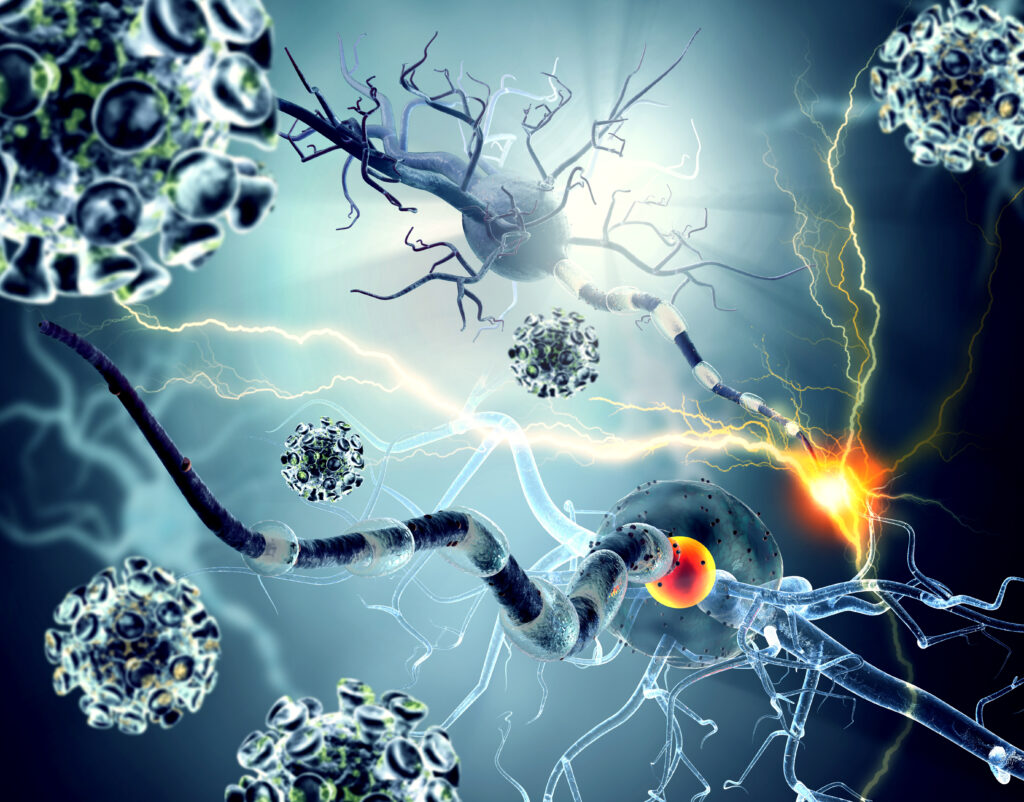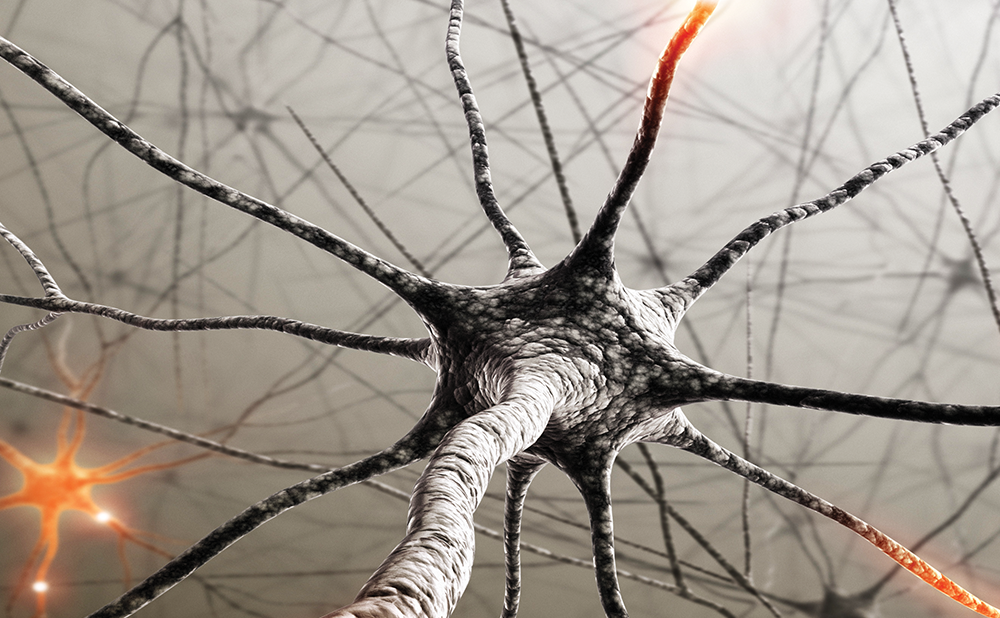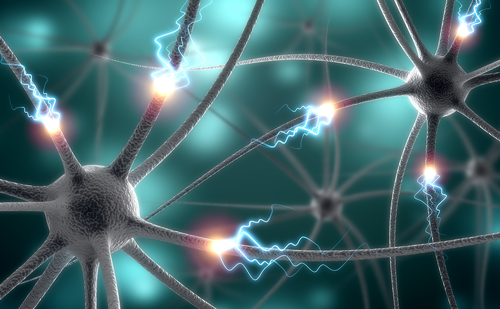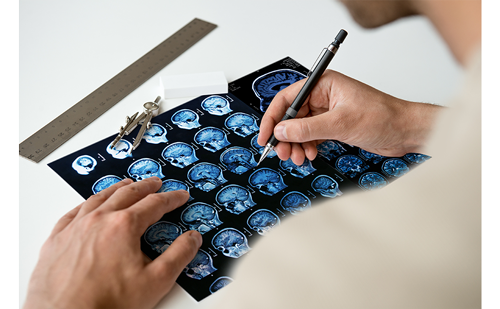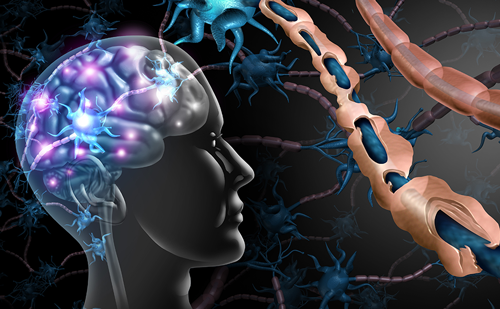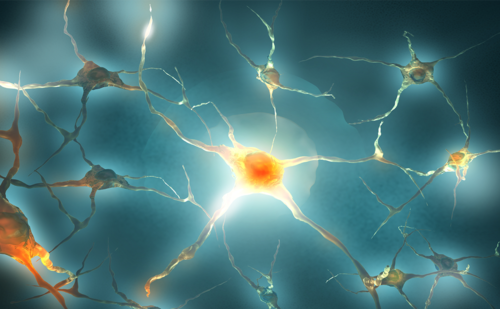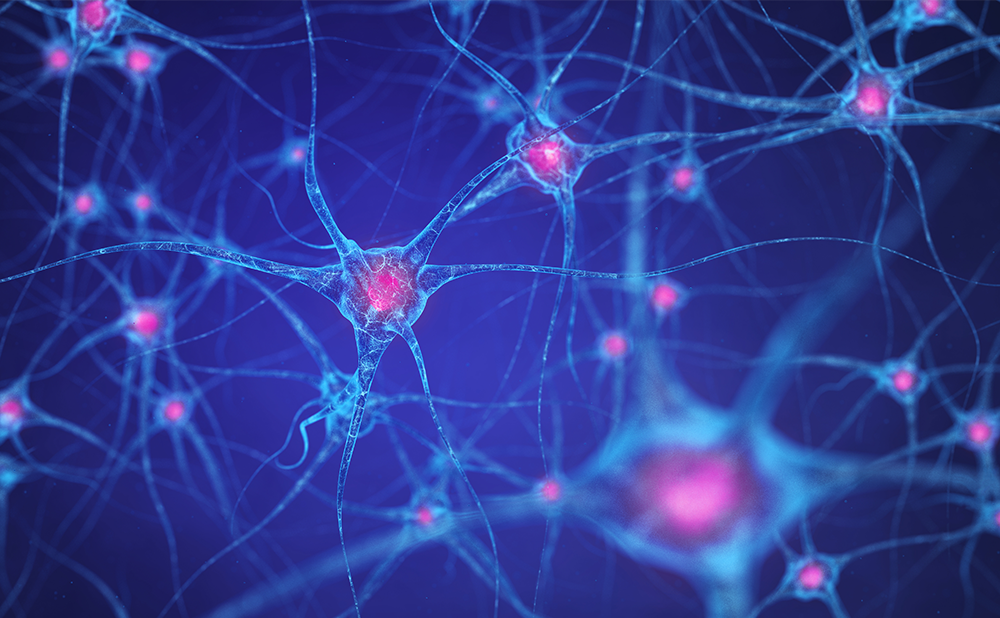Abstract
Early intervention with a disease-modifying therapy (DMT) is the most effective strategy for achieving disease control of relapsing–remitting multiple sclerosis (RRMS). However, current DMTs for RRMS are only partially effective in reducing disease activity, and approximately two-thirds of patients experience breakthrough disease. Breakthrough disease is characterised as an unacceptable degree of clinical or imaging evidence of disease activity, or progression, despite treatment. No validated definition of what constitutes unacceptable disease activity currently exists and identification of the condition remains challenging. Given the heterogeneous nature of MS, standard protocols will not be applicable to everyone. Management of breakthrough disease should be tailored to the individual, involving close monitoring of both clinical and magnetic resonance imaging parameters. Treatment options include increasing the dose, switching to another first-line therapy, escalation to a second-line therapy and the addition of other agents as combination therapy. There is a lack of evidence-based data to justify such approaches, but given the limited window of opportunity to derive the maximum benefit from DMTs, treatment modification where indicated is crucial. Various algorithms for the identification and treatment of breakthrough disease are discussed, and new and emerging therapies reviewed.
To view the full article in PDF or eBook formats, please click on the icons above.


